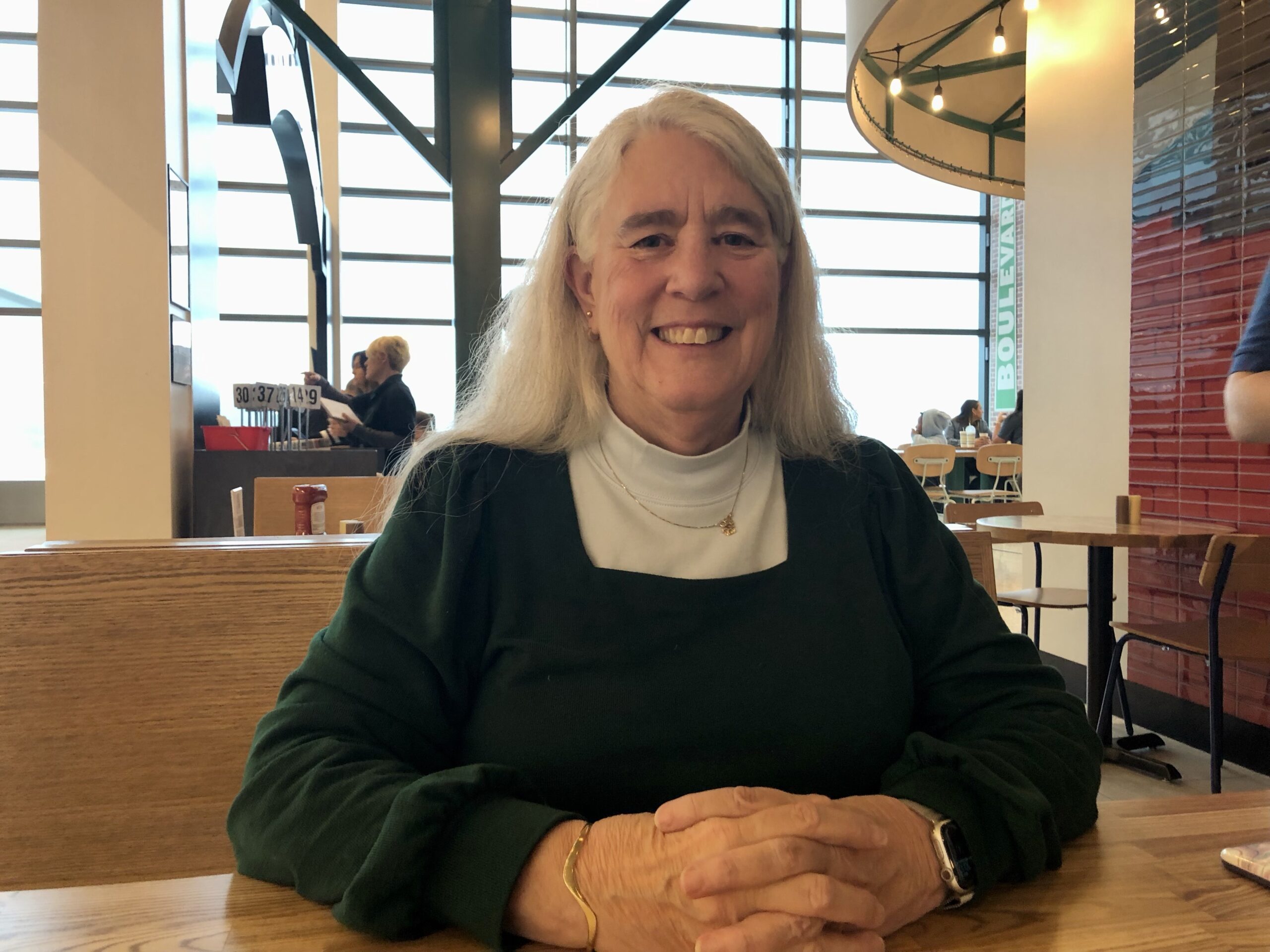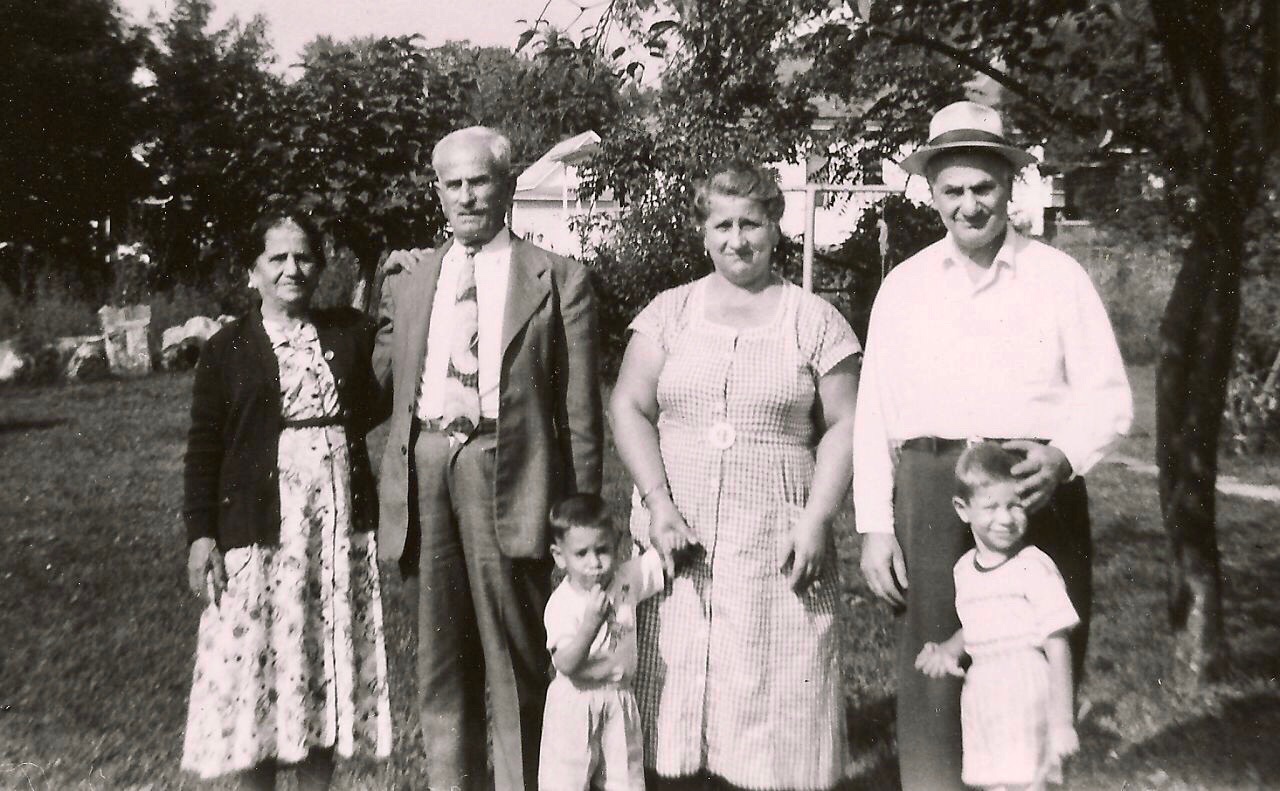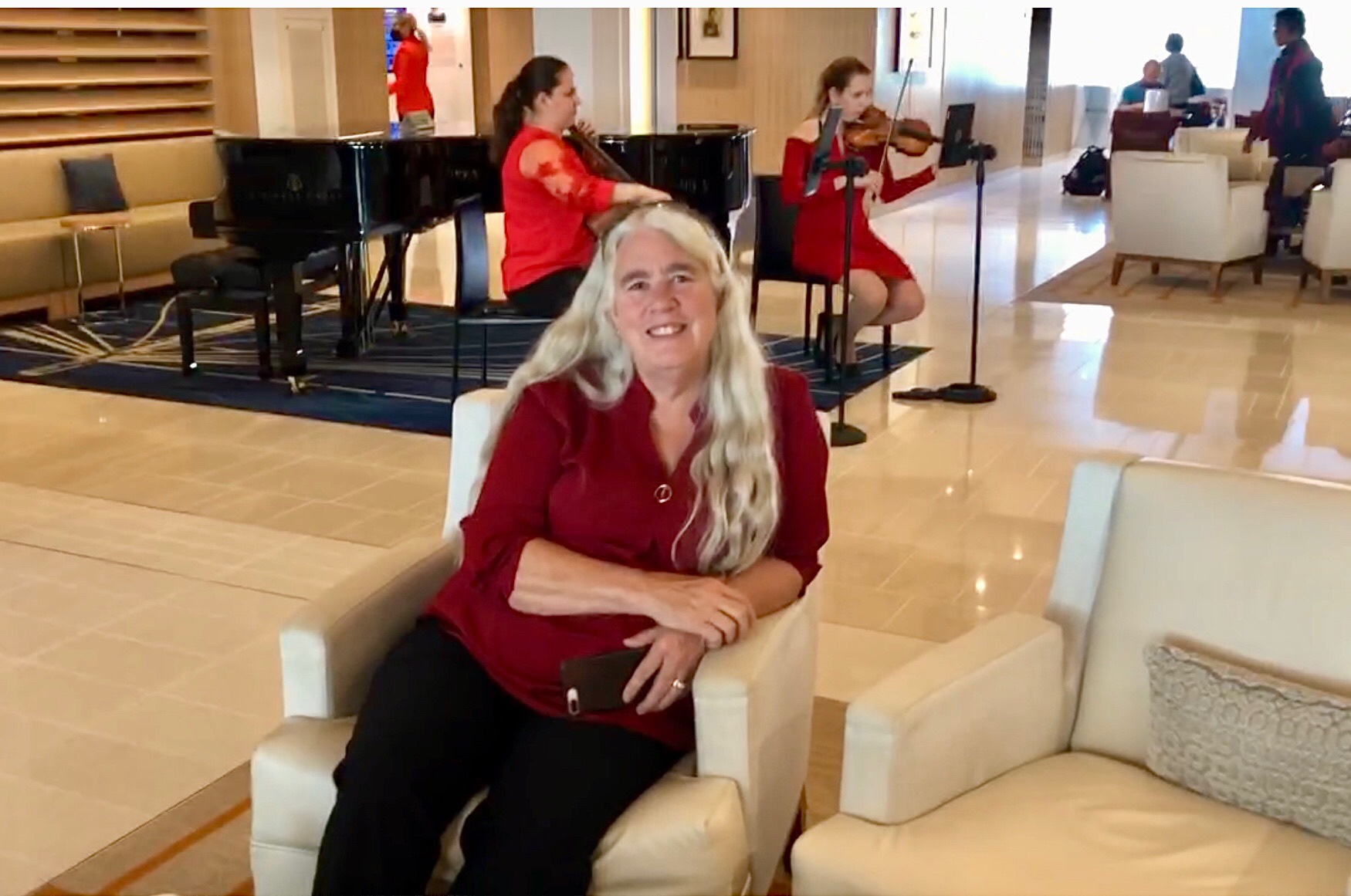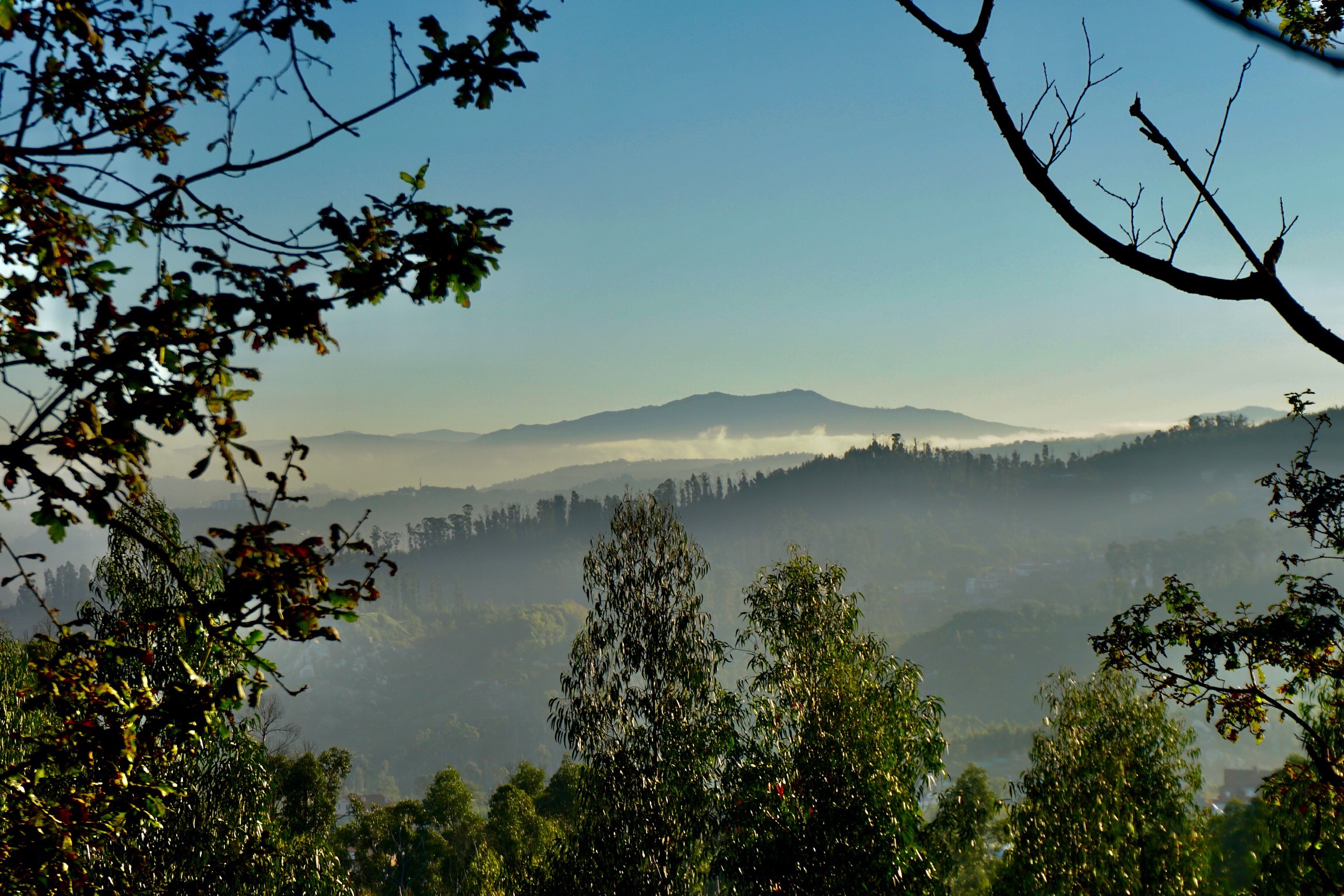
Written March 23, 2023, at Manchester, England.
No lengthy overseas flight is “fun“. About the best one can hope to say is that the flight was uneventful. On that count, ours qualified as “pleasantly uneventful”. Actually, that is a bit unfair. While our ticketing was through Delta Airlines, the actual carrier from Atlanta to Manchester was Virgin Atlantic. Given the option we would definitely choose Virgin Atlantic in the future. The meals were excellent (for airplane food), the staff was very friendly, and the plane was well-maintained.

At 8:30 yesterday morning our neighbor, Mary Murphy, graciously drove us to the new Kansas City International Airport. This was our first experience in the new facility. It was bright, pleasant, and most of all, efficient. Passing through security was a breeze and we found a plethora of dining establishments, most of them local purveyors.


We walked the length and breadth of the entire facility. It is a real step up for Kansas City. Kansas City was once the corporate home of TWA, one of the world’s largest air carriers. In those days KCI was a major international point of departure. Sadly, with the demise of TWA those glory days are over. Perhaps this new facility will see them restored.
With a tailwind of nearly 150 miles an hour our flight to Atlanta took less than an hour and 20 minutes. Ground speed exceeded 650 miles an hour. We were literally flirting with the speed of sound.
Christine and I spent a pleasant few hours in the Atlanta Delta Sky Club lounge as we awaited our evening departure for Manchester England. If you ever get the chance to spend time there, we invite you to look up Francine, a most delightful hostess of “a certain age”. We could’ve easily spent hours exchanging jokes and pleasant barbs with her.
The seven hour flight actually chewed 12 hours off the clock because of the 5 time zones that we crossed. We landed in Manchester England to 50 degrees Fahrenheit, overcast skies, and intermittent showers. We better get used to it because that seems to be the predicted weather for many of the days to come.


A 20 minute train ride into the heart of Manchester saw us off at the Oxford Street Station. This was fortunate as it is from this station that we will depart in two days northwest for Carlisle England. I had previously made reservations for four separate train connections, Manchester to Carlisle, Newcastle to Liverpool, Liverpool to Middlewich, and Middlewich back to Manchester. It was necessary for us to pick up the physical tickets at the Oxford Street Station.
It should have been a relatively easy task but we were travel weary and one station agent proved less than helpful, printing one set of tickets and directing us to figure out how to use a machine to print the remaining ones (no one else was waiting for assistance). An angel of mercy in the form of Susan, a different ticket agent, correctly interpreted our half panicked and fully confused stares as we turned from the counter. She called us over and took the entire task onto her shoulders. Moreover, we spent a delightful 10 minutes visiting as if we were all long lost friends. We have exchanged email addresses and private messages so, barely minutes in the city, we made a new long-term friend in this dear country. Thank you so much Susan, you made our day!

Our accommodations are in the ultramodern City Suites, located in the heart of the old city.

Our room is more like a studio apartment. It features a wash machine/dryer, dishwasher, and full efficiency kitchen.


There is also a delightful restaurant and indoor pool.


Official check in time was 4 PM but we had arrived at the front desk well before noon. The hotel staff worked to accelerate the readiness of our room for an early check-in. In the meantime we found a cafe around the corner where barista Liz (on the left), later joined by Mila, provided us with hot beverages and a warm/dry place to put up our feet.

After a catch-up nap to stave off the effects of jet lag, we wander the immediate area visiting the 500 year old cathedral (sadly, the stained glass windows fell victim to the Luftwaffe bombings of the Second World War), and an equally ancient pub where we enjoyed “pints”.




In the early evening we found a different pub, The Black Friar, where Christine enjoyed an excellent pork chop dinner and I one of my all-time favorite dishes, a proper English beef and vegetable “pie“.

We have a full day tomorrow to take in more of the central city and then on Saturday we depart by train for Carlisle to begin our trek along Hadrian’s Wall.
Peace Everyone. Pete
PS. I’ve said it before, but it is worth repeating: Travel exposes one to new sights and experiences. However, it is in the people that we meet that the real and enduring rewards are to be found.



































